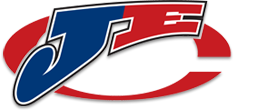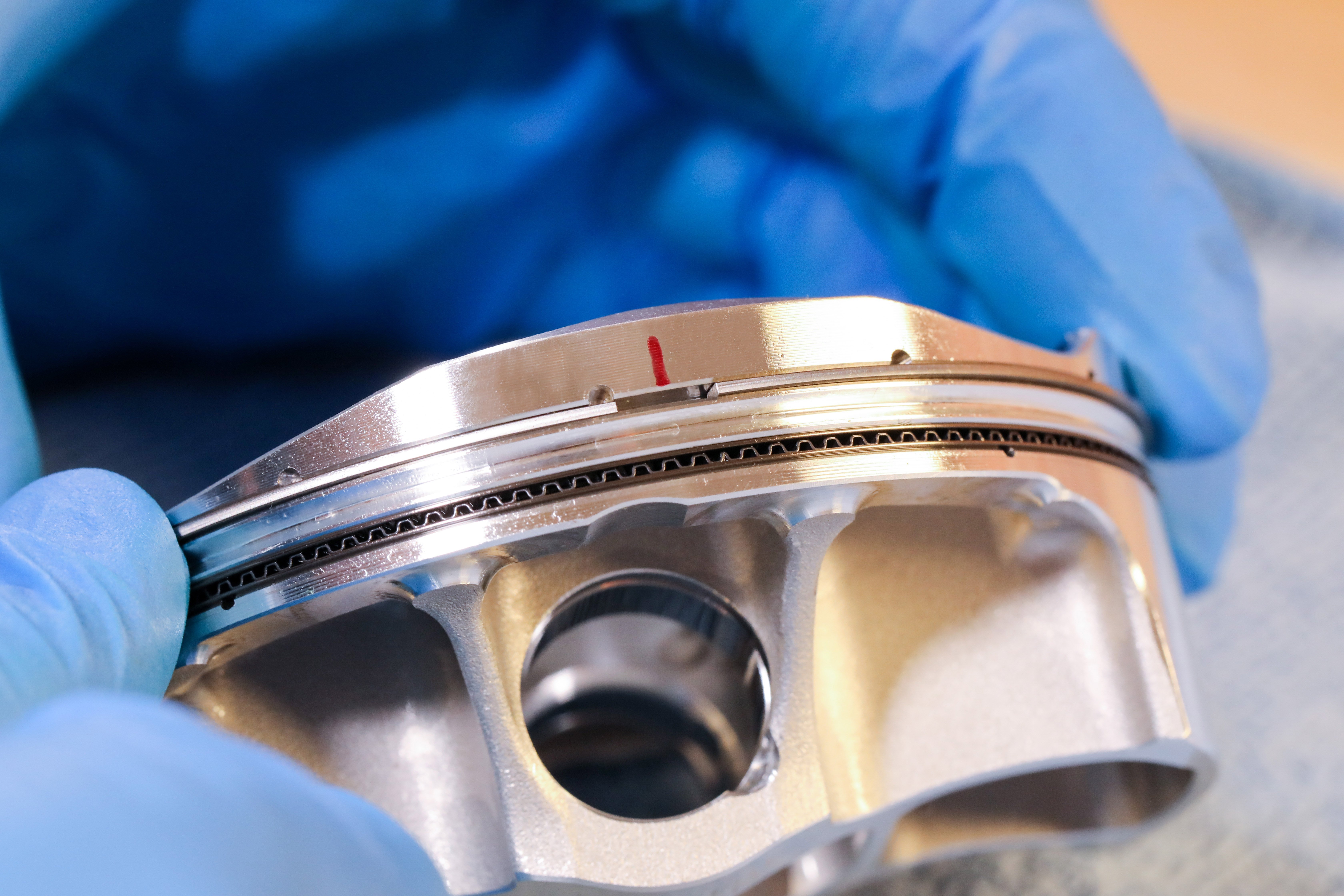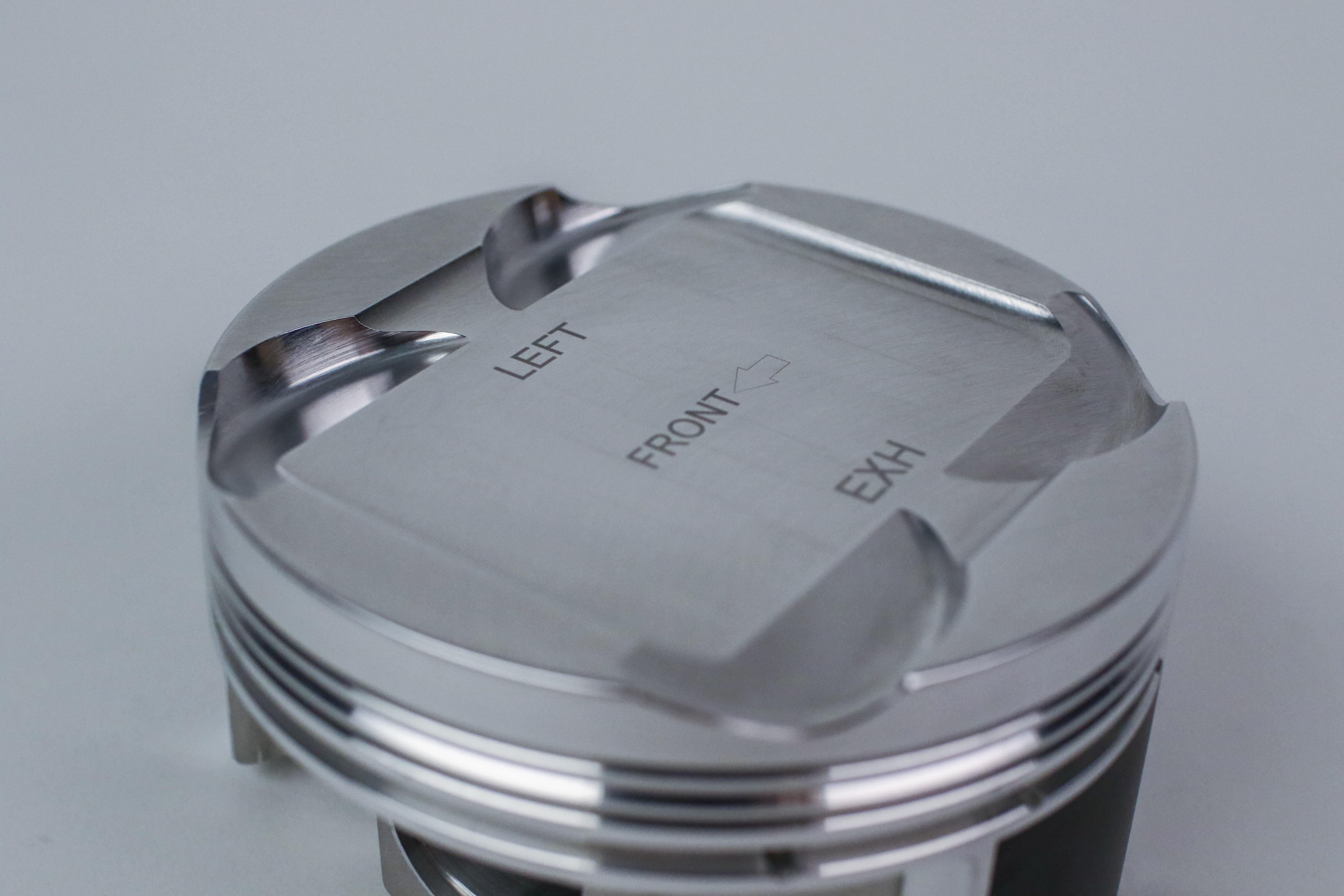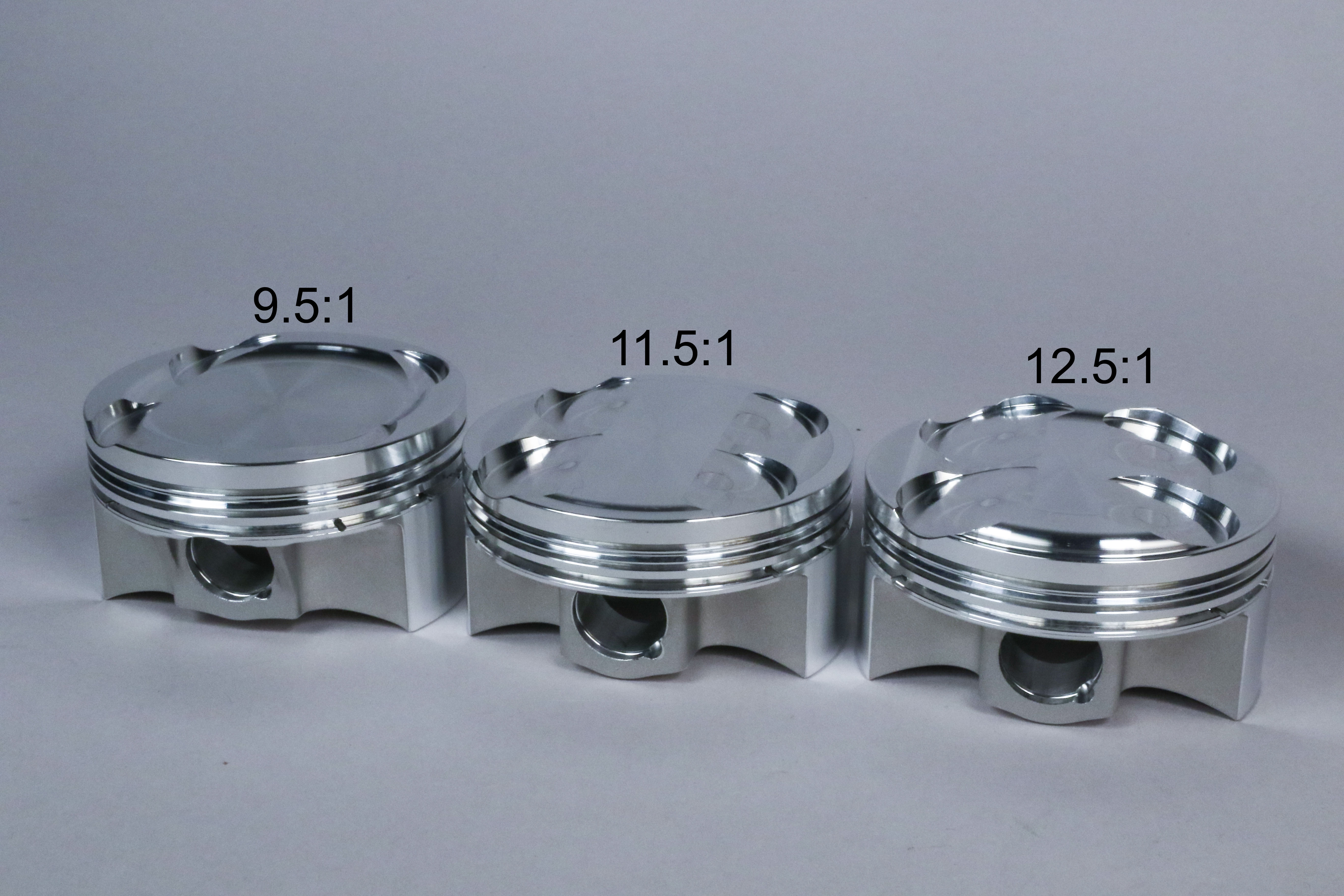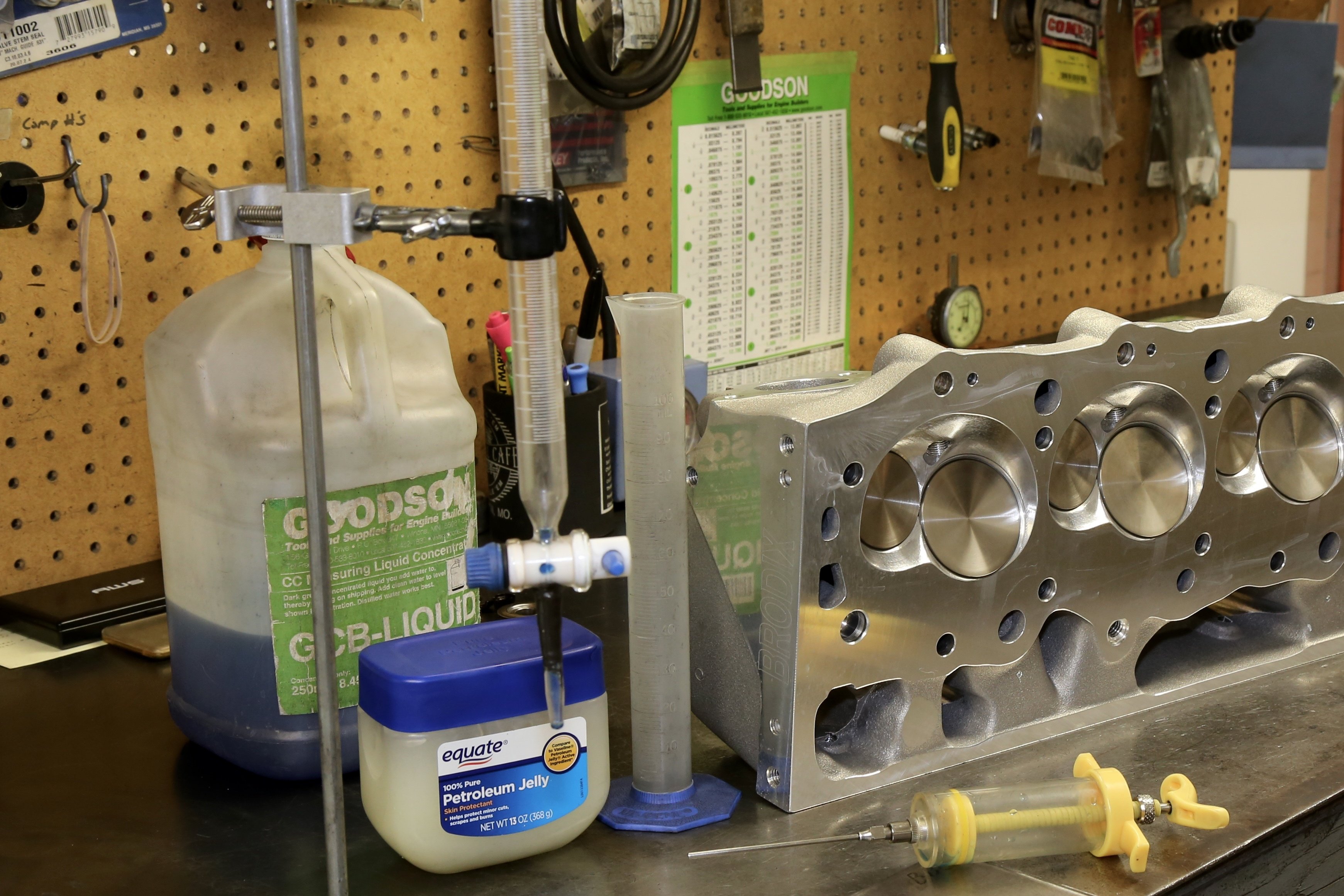Taylor Hull is a name Formula 1 fans should take note of. An up-and-comer in the sport, Hull's Cadillac ATS-V is an unusual site in the drift series' import-dominated pits.
Some racers find their home early on. For others, it can take a bit of exploratory research to zero in on their niche. “I started racing in asphalt oval track events when I was twelve,” says Taylor Hull of Senoia, Georgia.
“I did that until I was about 18, then I dabbled in Thunder Roadsters and other forms of oval track racing for a bit. Eventually I got kind of burned out on it and I decided I wanted to do something different, but I wasn’t sure what exactly. I had some high school friends who had gotten into drifting, and I had watched it on TV a bit, though I hadn’t really given it any serious thought before. But in 2012, I just decided to sell all my oval track stuff so I could go buy an LS-swapped S13 [Nissan 240SX] with a T-56 gearbox. It was a project that the seller had started but never finished, so I spent the next few months putting it together.”
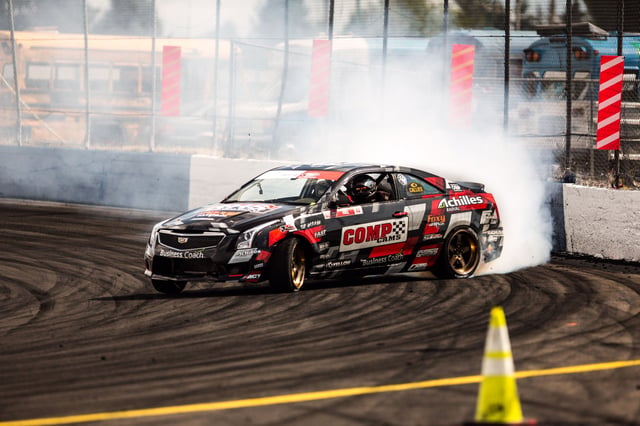
Hull would campaign the Nissan at the grassroots level for the next few seasons, progressively working his way through the ranks. “I basically decided I was going to go to as many events as I possibly could,” he says. “It didn’t matter what series – or even where they were, really – if there was an organization running a drift event in the southeast between 2012 and 2014, I was there. I went to any used tired shop that would let me go out back and dig through their stash to find tires to practice on, and tugged the S13 around with an old Suburban while trying to hit every event I possibly could.”
Taylor says his experience in oval track racing made him a quick study in this relatively new motorsport discipline. “We finished third in our region in 2014 and got a Pro 2 license out of it, so at that point I built a new 383-powered S14 to go run in that series the following season.”
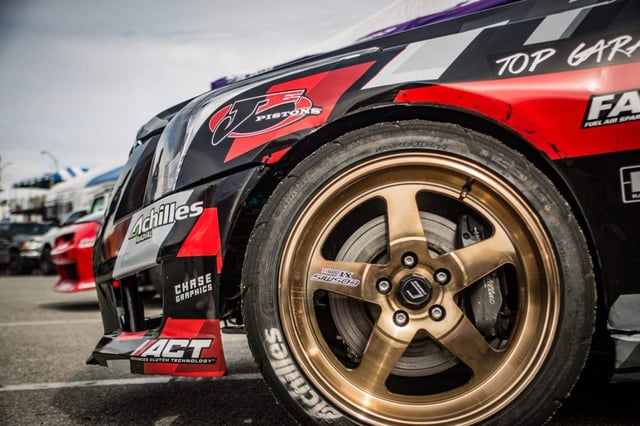
By the end of the 2016 season, Hull was ready to step up to Pro series competition, but he knew he would need something even more potent in order to run with the top-tier teams. “In Pro, the other teams that you’re running against have the best drivers in the world, and they have significantly higher budgets than the stuff you’ll find in Pro 2.”
So that’s when he decided to build something entirely new. This time around he wanted to go domestic, but with a platform that was a bit more unique than the usual pony car suspects. “I wanted to do something that hadn’t been done before – a lot of people don’t even know that the Cadillac ATS-V exists,” he says. “And the ones that do usually assume that it came with a V8 from the factory.”
Despite sharing its platform with the six generation Camaro, Cadillac never saw fit to give the ATS-V the 6.2-liter LT1 from its sister brand, instead opting for a twin-turbocharged V6 that made similar power to Chevy’s naturally aspirated V8, but with significantly less personality.
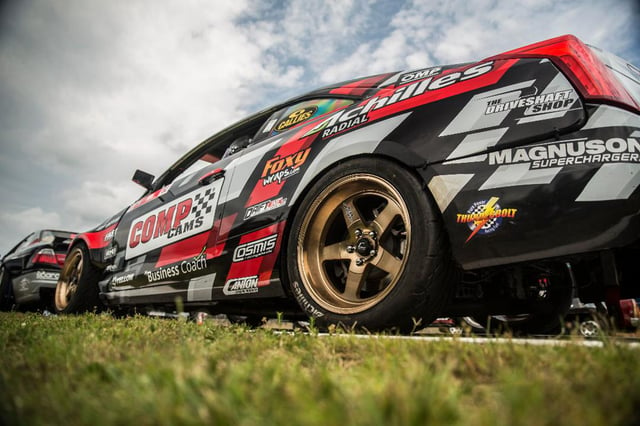
It was something that Hull sought to rectify in his own car, and the factory’s development efforts with the Camaro made the prospect of an LS swap into an ATS engine bay relatively pain-free in comparison to other options. But that doesn’t mean this car was an engine swap away from being ready for primetime. “The only things that are factory stock on my Cadillac are the front and rear subframes,” Taylor notes. “And even those have been modified to some degree.”
Bought ostensibly as a bare shell, Hull spent the second half of 2017 building the car during his down time while still campaigning the S14 at Pro series events. By March of 2018, the new car was good to go. “I knew I was going to run an LS in it,” Hull tells us. “And I knew through some previous struggles that I wanted to run a separate blower drive. I’ve always run superchargers, and I have had issues with the car throwing belts, which caused me to put the car into the wall on more than one occasion. When it’s all on one serpentine, you lose that belt and everything else goes with it.”
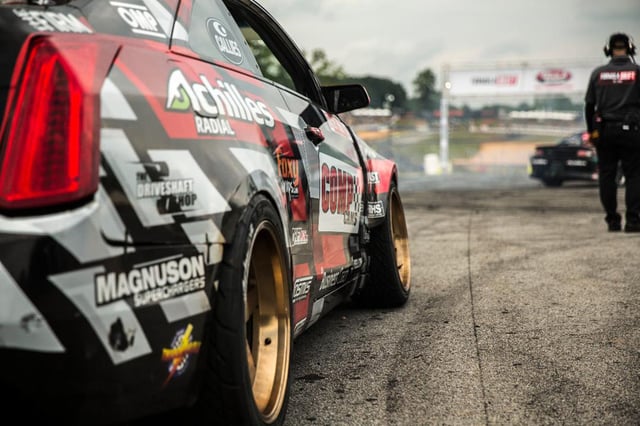
The Caddy’s new power plant is a Magnuson-blown, 427 cubic-inch LS7 from Racing Head Service with an LSA accessory drive. After some early teething issues with parts failures, Hull connected with Jon Kaase Racing to put together the latest combination, which includes a forged crankshaft and connecting rods, JE pistons, a and Comp Cams camshaft. Running 11 pounds of boost, Taylor says the LS7 makes about 800 horsepower to the wheels while delivering bulletproof reliability.
“When we went to rebuild the engine with Kaase, we made the switch to JE pistons as well,” Hull says. “And we have not had a failure since doing that. It’s about using the best parts and an engine builder who knows what needs to be done. It’s basically about doing it right the first time – that’s what it boils down to.”
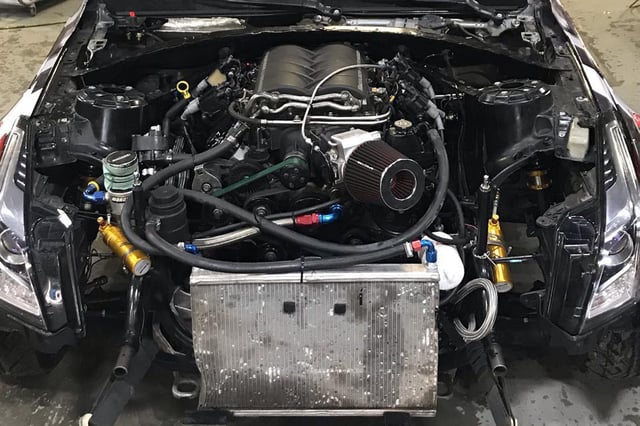
Last season’s mechanical gremlins made 2018 a tough year for Hull, but with the power train now sorted, he’s got his sights set on a full calendar of events in the coming months. “Our next competition event is LS Fest in September,” says Hull. “The plan there is to win – anything short of that would not be achieving my goal. And as far as Formula Drift goes, we have two events left in the season, and my goal is to finish in the top 16 in both of those. We’ll also be headed to Gridlife events, and at some point I would like to go drag race the car – just to see what it’ll run in the quarter. It’s not exactly optimized for the strip, but I think I should be able to get into the low 10s with it.”
